Featured Articles
Read our latest stories on the people and scientific innovations making a difference in patients’ lives.
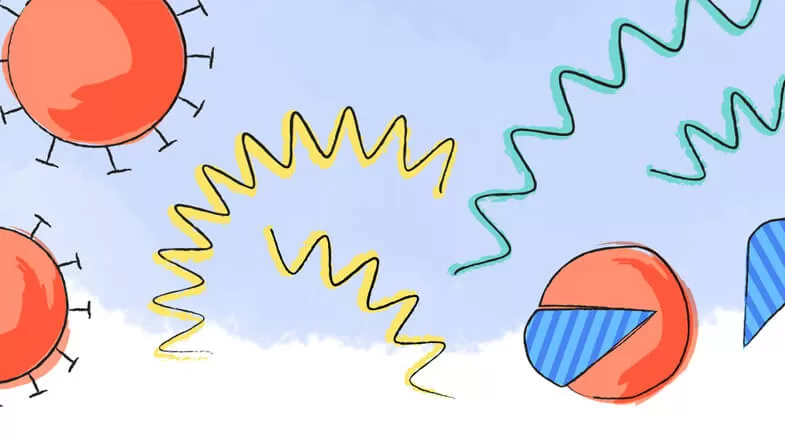
Science & Innovation
How a Coronavirus Protease Inhibitor Works to Fight COVID-19
SARS-CoV-2, the virus that causes COVID-19, was sometimes called the “novel coronavirus” in the early days of the pandemic. The term was fitting because SARS-CoV-2 was new; the world had not previously encountered this virus, though the scientific community was already quite familiar with other coronaviruses, including SARS-CoV-1, the virus that caused the 2003-2004 severe acute respiratory syndrome (SARS) outbreak, MERS-CoV that caused the Middle East respiratory syndrome (MERS) outbreak in...
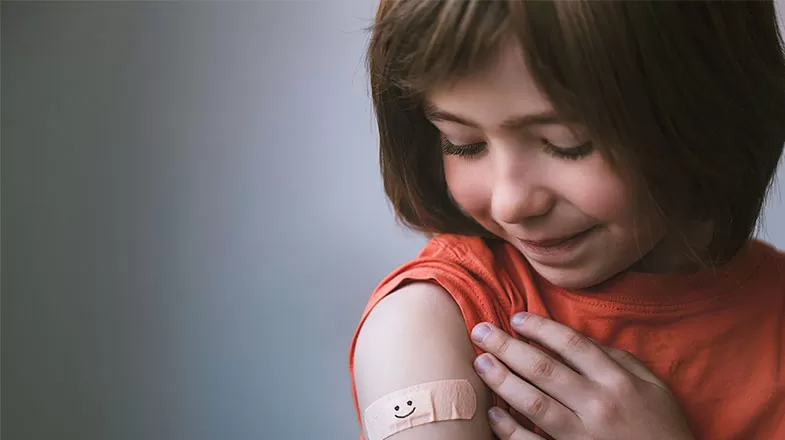
Science & Innovation
How Vaccines Work: Immune Response and the Body's Reaction
Vaccines can train your body to prevent sicknesses before they even start. They do this by introducing something called an antigen into the body, which imitates an infection and primes the immune system to respond.1 That way, if you encounter certain disease-carrying organisms, known as pathogens,2 in the future, your body already has a plan of attack.“After a vaccination—and once the antigen is recognized as foreign by surrounding cells—it sets a cascade of events in motion that may help...
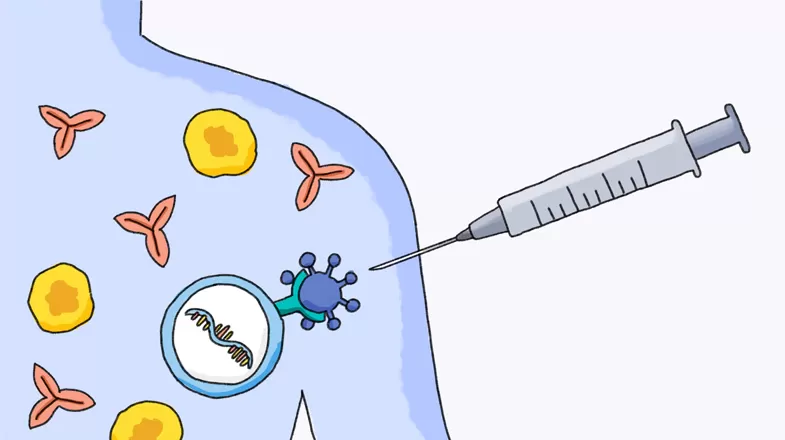
Science & Innovation
What Makes an RNA Vaccine Different From a Conventional Vaccine?
Vaccines are one of the greatest health interventions ever developed. They’ve been cited as being as important to keeping communities healthy as having access to clean water and safe sanitation.1 Through scientific investment and ingenuity, today we have multiple vaccine technology platforms that have helped us control and, in some cases, eradicate many healthcare challenges such as polio, river blindness, smallpox, and COVID-19, just to name a few. In 2020, messenger RNA, or mRNA for short...

Science & Innovation
How Access to Biosimilar Drugs Could Boost Healthcare Equity
Access. Affordability. Health Equity. These are more than just industry buzzwords; they have real world implications which have a tremendous impact on patients’ lives. For instance, in 2018, racial health disparities were linked to $93 billion in excess medical costs.1 More recently, in 2021 the U.S. Department of Health and Human Services delivered a report which measured healthcare quality, access, and disparity. It concluded that “compared with white groups, the number of measures that were...
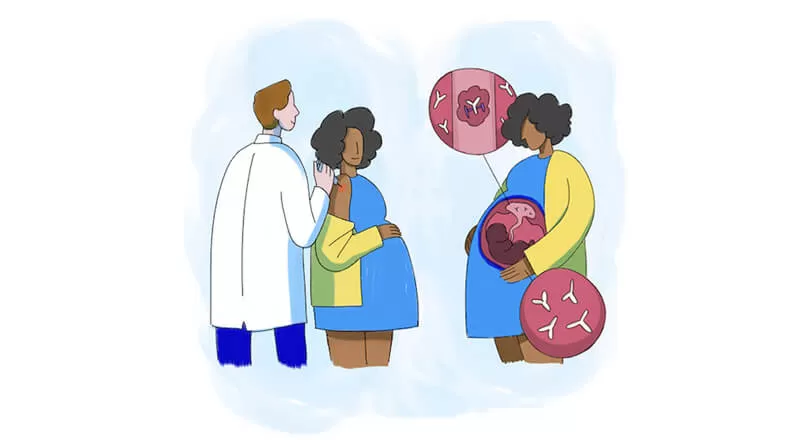
Science & Innovation
How Maternal Immunization Works and Why It's Important for Your Child
The instinct to protect a baby starts when it's in the womb. Some of the most common ways a mother does this is through receiving regular prenatal care, taking prenatal vitamins, and prioritizing a healthy diet and rest. A less frequently discussed, but equally crucial, step that mothers-to-be can take is getting themselves vaccinated during pregnancy. Even a brief look at the history of maternal immunization reveals that the antibodies provided by vaccination can be one of the greatest gifts a...
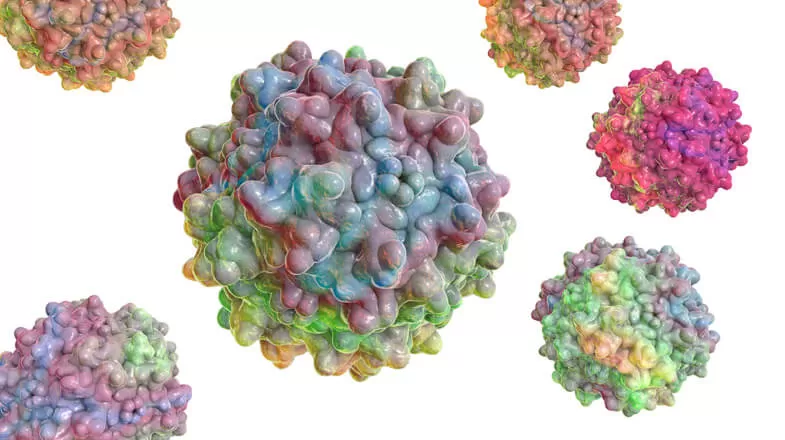
Science & Innovation
Customizing Viral Vectors to Further Gene Therapy Innovation
It seems strange to think that a harmless virus could be the key to treating an illness. But an innovative and transformative medicine called gene therapy uses non-disease-causing viruses to deliver a healthy copy of a gene that aims to treat the underlying cause of a disease. These viruses are used as vectors or vehicles that deliver genetic materials to specific cells.1 “As this flourishing field expands, scientists are engineering viral vectors that are more precisely able to deliver...
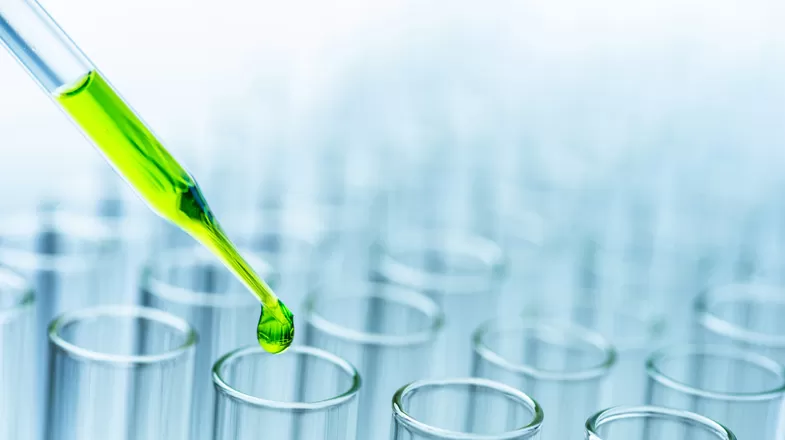
Science & Innovation
Green Chemistry: A More Sustainable Approach to Medicine Development
Credit: Getty Images In 1962, Rachel Carson galvanized public interest in the environmental effects of chemicals. Her book "Silent Spring" detailed how common pesticides were killing not only insects, but also birds, larger animals, and even humans.1 Chemicals are essential to so many products people rely on in their daily lives, from phones and cars to medications. But these items can be produced in ways that have fewer negative effects on the environment, human health, and society. Since the...
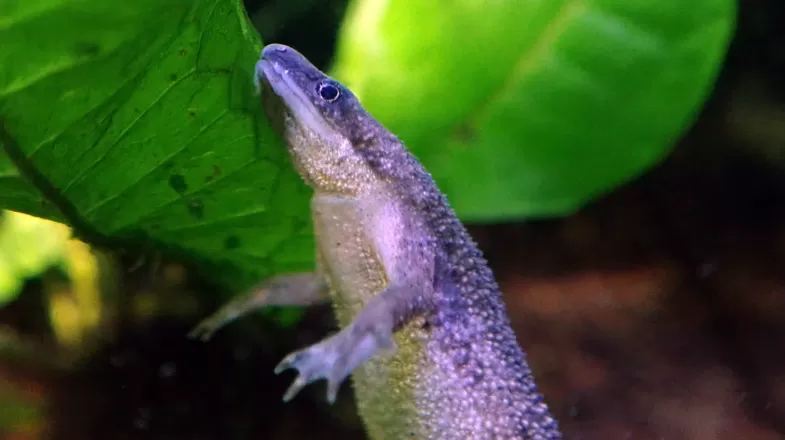
Science & Innovation
Zinc Finger Transcription Factors: The On/Off Switch for Genes Inspired by Frogs
Have you ever noticed how effortlessly frogs cling to nearly every surface? Their sticky little fingers easily grab and hold onto just about anything they want. It turns out that the frogs have protein structures that do the same thing, and these structures could be the key to unlocking therapies for amyotrophic lateral sclerosis (ALS) and frontotemporal dementia (FTD), two of the most debilitating neurological conditions affecting millions of people today. While studying the African clawed...

Living & Wellbeing
From Basic Health to Herd Immunity: What is the Purpose of Vaccines?
In our increasingly interconnected world, where illness can spread quickly from person to person, and even country to country, vaccines can offer protection. In fact, the World Health Organization refers to immunization as “one of modern medicine’s greatest success stories” for its ability to prevent and control infectious diseases, such as polio, influenza, and measles.1Vincenza Snow, MD, who is Pfizer’s Internal and External Policy Group Lead for Vaccines and Anti-Virals, agrees with that...

Science & Innovation
Why Are Some People Tastier to Mosquitoes Than Others?
Do mosquitos prefer a certain blood type? Maybe—but it’s not just one factor that influences why these winged pests are attracted to us and researchers can’t seem to agree on a definitive answer.1,2There are two kinds of people in the world: those who return from time in the outdoors covered in itchy mosquito bites and those who can spend hours in the same space and avoid getting bitten at all. Let's face it, mosquitoes are not equal opportunity feasters.So, what exactly makes some people more...

Science & Innovation
Maternal Immunization: Protecting Children from RSV and GBS
In the first few months of their lives, infants experience new sights, sounds, scents, and textures. During this time, they also make contact with new organisms. It takes up to three months for portions of infants’ still-developing immune systems to mature.1 During these early weeks and months, infants are too young to receive their first vaccines, leaving them vulnerable to developing serious infections.2Most pregnant people transmit antibodies to their developing fetuses naturally starting in...
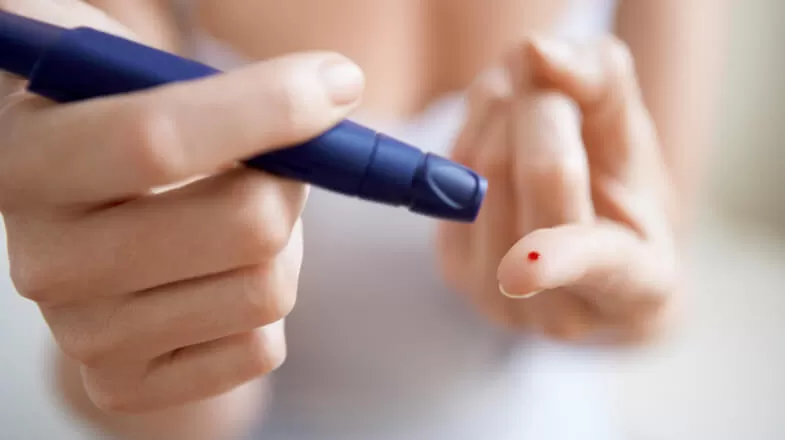
Science & Innovation
Diabetes Breakthroughs Focus on Making Daily Life Easier
New research and emerging innovations are constantly evolving when it comes to helping patients manage, and maybe even prevent, Type 2 diabetes. The days of tender fingertips and painful injections may not be over, but alternatives are becoming more and more commonplace. Diabetes affects over 37 million people in the United States, slightly more than 11% of the population.1 Type 2 diabetes accounts for more than 95% of all diabetes.2 Game-changing breakthroughs, such as continuous glucose...
Media Resources & Contact Information
Anyone may view our press releases, press statements, and press kits. However, to ensure that customers, investors, and others receive the appropriate attention, Pfizer Media Contacts may only respond to calls and emails from professional journalists.
